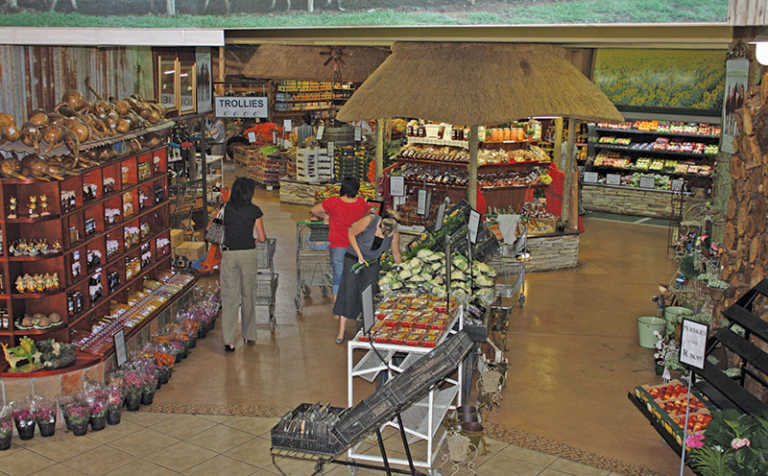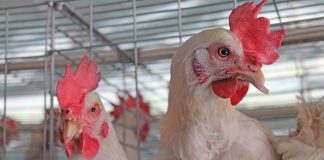
This was a sentiment echoed by several economists and researchers, interviewed by Farmer’s Weekly following the release of the latest producer price inflation (PPI) and consumer price inflation (CPI) statistics.
According to Wandile Sihlobo, head of economic and agribusiness intelligence at Agbiz, headline PPI for November 2017 increased to 0,9% year-on-year (y/y), up from 0,4% y/y in October, and was mainly due to increased prices of meat and dairy products.
CPI or food inflation had declined to 5,2% y/y in November, compared with 5,3% y/y in October. Sihlobo said the CPI of most food products continued to decrease, with even meat prices falling on the back of an uptick in slaughter numbers.
Milk, eggs and cheese prices all increased 1% from the previous month.
Ferdi Meyer, director of the Bureau for Food and Agricultural Research (BFAP), said although the year-to-date changes in the PPI had seemed negligible, things could still change.
He said appreciation of the rand had a big impact on producer prices, especially imported farming inputs. “Fertiliser, fuel and chemicals are the three big components that drive PPI for farmers,” he said.
A fourth component was wages, which he said remained a red flag for next year. Some farmers would not cope, for example in the Western Cape. “I can tell you they are already in dire straits … so an increase in wages is going to be a problem,” he said.
Independent agricultural economist Dr Kobus Laubscher, said he was very concerned about the fuel price, as it had an impact on producer prices on both sides of the farm gate, which also extended to consumer prices.
The price of chemicals also increased, and Laubscher said farmers were not able to pass these “transaction” cost increases on along the value chain.
“The farmer has to accept it. He can’t negotiate. If he has higher costs for inputs, or to have his maize transported from the farm, he has to carry the costs himself,” he said.
According to the National Agricultural Marketing Council’s (NAMC) food price monitor report for October, there had been a 7% decrease in the food basket of the poorest 30% of the population.
Laubscher said he expected further decreases going forward.
“This will mean that the [relief] we should have experienced as prices come down could be smaller because those costs [of fuel] will be passed on to the consumer along the value chain,” he said.
According to Laubscher, food and producer price fluctuations would remain in limbo for the next six to nine months. “The consumer will remain under pressure to make ends meet, despite the lower prices.”











